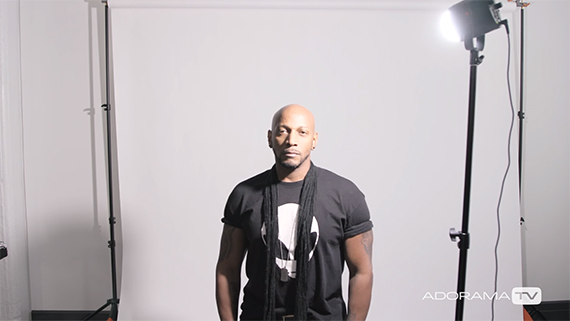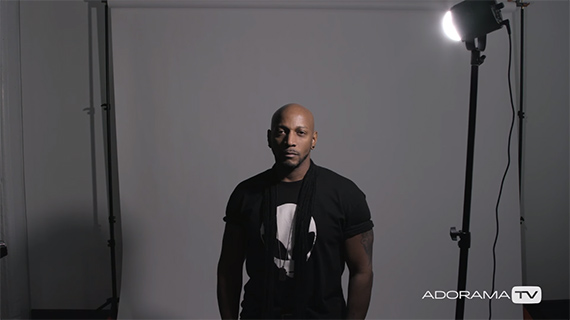The inverse square law is one of the geekiest topics in photography. It deals with light and how it reacts to changing distances between your subject and the source of that light. Most explanations of the inverse square law deal with a mathematical equation. But here’s a simpler explanation by David Bergman:
The inverse square law affects light fall-off. The farther the distance between your subject and the light source, the more the light fall-off. You might think that the distance and the amount of light fall-off would be a linear progression. (Meaning, doubling the distance between subject and the light means halving of the amount of light that reaches the subject.) But that’s actually not how it works. Doubling the distance allows only a quarter of the original quantity of light to reach the subject.
In the same way, if you again double the distance, the amount of light reaching the subject becomes 1/16 of what had originally reached the subject; and so on. This has to do with how the photons in the light rays get spread out and don’t quite reach your subject equally.
Here are the main takeaways from the concept of the inverse square law:
Light falls of quicker when the source of light is closer to the subject. But the farther you go, the light fall off is marginalized. This has some interesting consequences.

Let’s say that a subject is standing in front a white background. The light is far away from the subject. There are also a few feet of distance between the subject and the background.
You will notice in the above example that the subject is uniformly lit and the background is reasonably bright.

If the light is moved closer, things change dramatically. The light is now brighter than before, which warrants a negative exposure compensation. This however, immediately turns the background dark.

This gives you some ideas on how to use this phenomenon creatively. You can see how dark the background gets. That means if you want to shoot a different look and don’t want to move your model around, all you have to do is move the light closer to your subject, while keeping the subject to background distance unchanged. Even a few feet of distance between the subject and the background creates a massive light fall off.
Understanding the nature of light also gives you some insight on how to work in certain situations. Let’s say that you have a group to photograph. If you need everyone to be properly exposed, all you have to do is move the light far away from the entire group. This will produce a well-lit photo even if the members of the group are standing at different distances from the light source.
“Photography is really about using and controlling light. So use those scientific principles to make your pictures look exactly like you want them to.”
- - - - - - - - - - - - - - - - - - - - - - - - - - - - - - - - - - - - - - - - - - - - - - - - - - - - - - - - - - - - - - - - - - - - - - - - - -
Did you appreciate this newsletter? Please help us keep it going by Joining Our Patreon Supporters
What are your thoughts on this article? Join the discussion on our Facebook Page
PictureCorrect subscribers can also learn more today with our #1 bestseller: The Photography Tutorial eBook
- - - - - - - - - - - - - - - - - - - - - - - - - - - - - - - - - - - - - - - - - - - - - - - - - - - - - - - - - - - - - - - - - - - - - - - - - -
The post Photography Lighting: The Inverse Square Law appeared first in the Photography Tips category on PictureCorrect.
from PictureCorrect https://ift.tt/hf76xDT
via IFTTT






0 kommenttia:
Lähetä kommentti